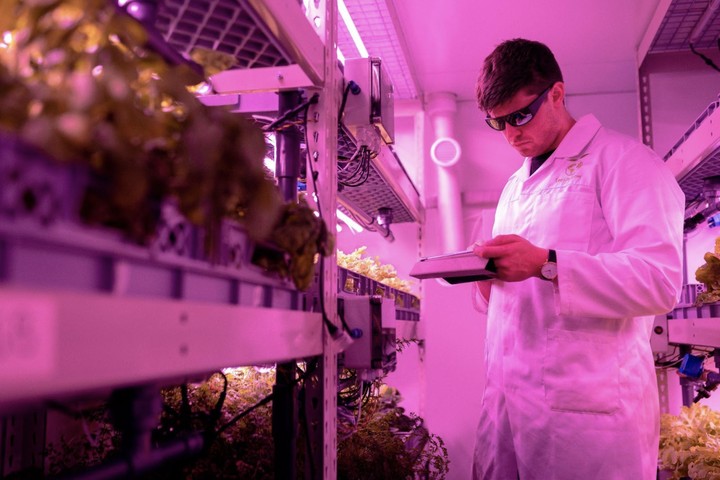
The agriculture industry plays a critical role in our global society. Not only does it drive the economy - in 2018, it accounted for 4% of global gross domestic product (GDP) - but it's also responsible for feeding everyone, including the livestock we consume. Given its significance, it's not surprising production and productivity have continuously evolved in order to meet the changing times and demand. However, we’ve entered an era where the industry’s challenges have seemingly exploded; be it the rising costs of supplies and shortages of labor to consumer preference for transparency and sustainability. Given the weight and immediacy of these challenges, we’ve seen huge growth in investment to revolutionize agricultural technology in order to bring about new solutions. Let’s review three of the latest trends in modern agriculture.
1. Indoor Vertical Farming
One of the major drawbacks with farming is the amount of land that’s required to produce a certain number of goods. But what if you could multiply the output of food while occupying the same amount of land? Vertical farms solve the limitation of land because it focuses on growing up versusgrowing out. It is more efficient than traditional farming because it can increase yield of crop per acre, ultimately producing more with less. Growing indoors also means more control over variables such as light, humidity, and water. This means production won’t be impacted by unpredictable changing climates. Be it the reduction of labor needed due to automated robotics or the minimal use of water required because of the hydroponic/ aeroponic growing methods, the advantages of indoor vertical farming are apparent and extensive.
2. Lab Grown Meat
The plant-based movement has seen a drastic increase in recent years especially during the pandemic. For example, according to the Plant-Based Food Association, sales were up 20% in 2020. While there is a growing appetite for alternatives like a mung bean protein burger from A&W or carrot-based smoked salmon from Save Da Sea, not everyone is ready to say goodbye to meat products. This is where cultivated (lab-grown) meat produced from animal cells could be a viable option. The lab-grown methods eliminate the need to raise and farm animals for food. Instead, the process begins by acquiring and banking stem cells from an animal which are then grown in bioreactors at high densities and volumes. The whole process is more efficient, uses less land and water, and emits fewer greenhouse gasses. Not to mention, it completely eliminates the need for slaughter, antibiotics, or hormones - ultimately providing a better way to offer meat.
3. Urban Farming
The food sovereignty movement has been building momentum since the 90’s, but thanks to COVID-19, more people experienced the fragility of our food systems and were quickly wrought with fear of food insecurity. This fear spawned curiosity to bridge the gap between the distance of producers and consumers. While urban farming won’t necessarily provide cities with all the calories it needs, it does offer many environmental and social benefits including encouraging healthier diets, cultivating an appreciation for how food systems work, and providing access to low-cost produce. Additionally, community gardens can increase social bonds amongst neighbors which is extremely important given technology has made us more isolated. Reconnecting people with each other and the systems we have lost touch with through education will ultimately teach people to appreciate food again.
While these are just three of the current agricultural trends, there are many more waiting to be discovered and applied. If we’re going to shake up the current linear system and bring about lasting change with sustainable, circular methods in the industry, we need to put our heads together and problem solve. This is why open innovation and crowdsourcing is so important, and why your ideas are needed! If you have an agriculture idea lingering in the back of your mind apply to the ARSX2022 Challenge. It could become the next leading modern agriculture practice to help restore our planet and could earn you a prize challenge reward of $100,000.








